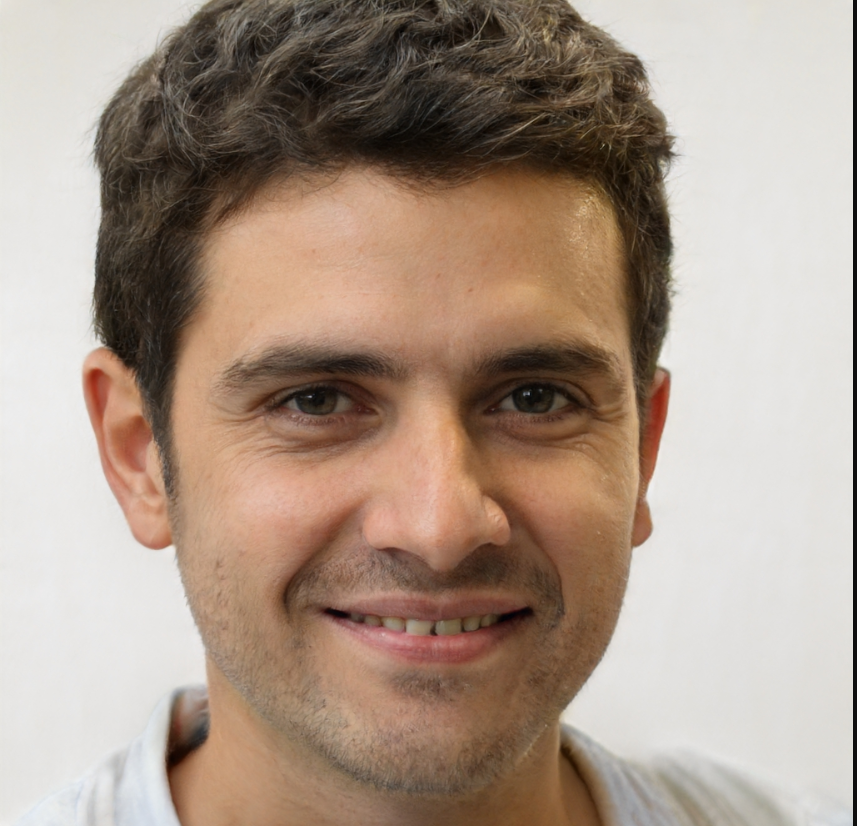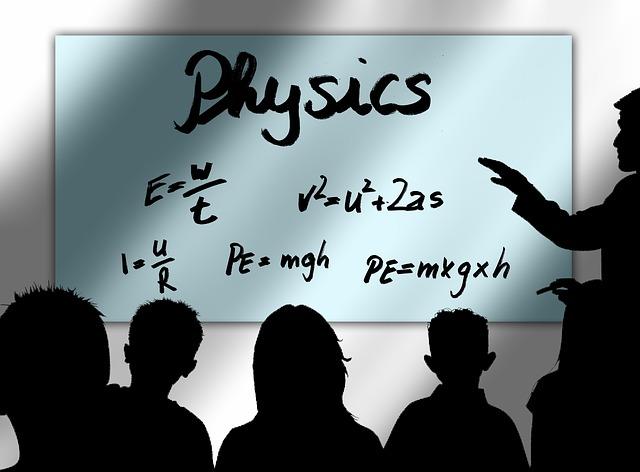"Science is beautiful when it makes simple explanations of phenomena or connections between different observations. Examples include the double helix in biology and the fundamental equations of physics." -Stephen Hawking.
Physics is known as the knowledge of nature and is the natural science that studies matter, motion and its behaviour through space and time. While studying physics, pupils learn more about energy and force.
Some may think that physics is too difficult of a subject to grasp due to its equations and inspection of scientific topics. Nevertheless, this is not the case due to the fact that it is a scientific discipline that can be studied by all interested ones no matter what their previous expertise was.
In Ireland, physics and its various sub-topics such as energy can be studied as a Leaving Cert subject when students are in their last years of secondary school.
Moreover, they may also carefully choose certain Leaving Cert subjects that will train and help them attain the necessary qualifications required for their higher education studies at a university or college.
Superprof will now examine all of the eight topics that feature in the Leaving Cert Physics Syllabus from the Irish exam board to provide potential students with insight into this scientific discipline.

Energy
In this first topic of Energy, students start off learning about changes in energy stores and further explanation about the seven main stores of energy such as magnetic, kinetic, chemical, internal or thermal, electrostatic, elastic potential and gravitational potential.
Pupils next become familiarized with the concept of power: the rate at which energy is transferred. The more powerful a device is, the more energy it will transfer per second. The equation of power is taught and is quite simple:

All humans transfer and use energy. There are sources of non-renewable and renewable energy to meet our needs. Homes, private and public companies, industries and transport systems all use energy on a daily basis.
Efficiency is defined by how good a device is at transferring energy input to useful energy output. Devices such as refrigerators, televisions and washing machines are designed to be as efficient as possible in order to not waste energy. Equations are instructed to teach students about energy efficiency.
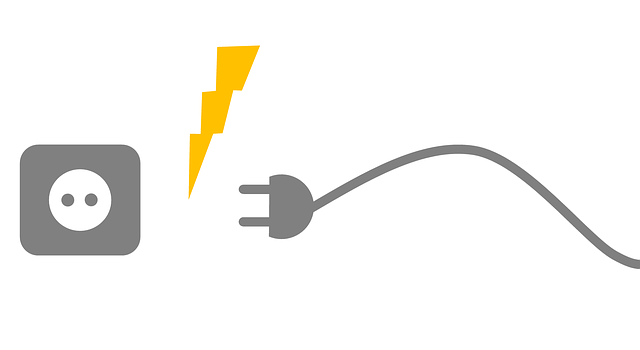
The topic of Electricity
The second topic of the Leaving Physics Syllabus from the exam board analyzes electric circuits, mains electricity and static electricity.
Electricity is a topic that many students will have some degree of prior knowledge of before studying the leaving certificate physics course at any capacity in school.
Students learn that there are two types of electric current: direct and alternating. The ideas of potential difference such as the fact that it is the measure of how much energy is transferred between two points on a circuit. There is a simple formula that can be used to calculate the potential difference:
The chapter will teach you about the potential difference. This is the measure of transferred energy between two points on a circuit. In order to measure the potential difference of an electric circuit a voltmeter needs to be placed in parallel with the component that is being measured.
Believe it or not, the topic of electricity also teaches us quite a lot about the world and technology around us. Take the standard plug, for example, this is something that finds itself in every household in the world.
We gain an understanding of its outer insulation, where wires are wrapped with plastic to avoid any issues. It is the plastic’s job to cover and insulate the live copper wires in order to avoid electric shock or fires from occurring.
The fuse of a plug is made of glass or ceramic and contains a thin wire that melts if the current overheats. A very essential part of the plug also helps to avoid any disasters from occurring. You might have heard of a fuse being blown, yet not fully understood the underlying reason, thanks to the topic of electricity, now you do!
Particle Model of Matter
Matter is made up of small particles called atoms and it is measured by determining its density. All matter has particles, therefore, density is used to describe how closely the particles are packed together in a solid, liquid or gas.
For example, the particles in a solid state are packed together tightly, the particles in liquids have more space to move around and in gases, they are spread out and move around randomly.
All physical objects are composed of matter, in the form of atoms, which are in turn composed of protons, neutrons, and electrons.
You could look at protons, neutrons, and electrons as the building blocks of atoms, these particles are themselves based on fermions.
Adding or removing energy from material can cause its state to change. Some examples of this include the melting of ice (it went from a solid to a liquid) and the boiling of water (the liquid evaporates after constant contact with heat).
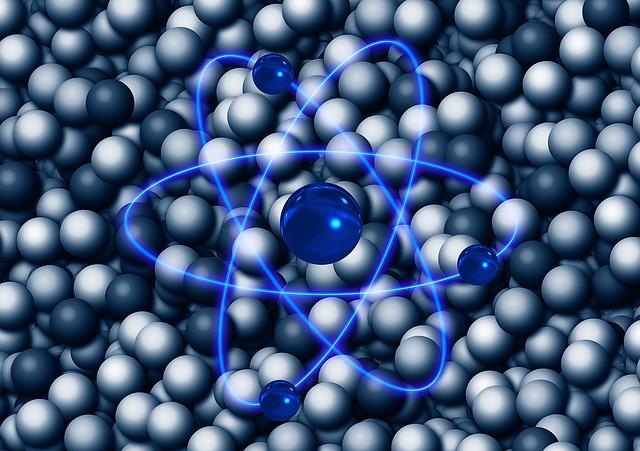
Atomic Structure
Atoms are extremely small in size and an atom has a nucleus containing protons and neutrons with smaller electrons that circle around the nucleus.
In fact, they are so small that they are actually microscopic and approximately 100,000,000 of them take up a space measuring one centimetre. They can exist on their own or together as molecules.
The nucleus contains protons and neutrons with smaller electrons that orbit similar to how planets orbit the moon.
Protons and neutrons are known for being the heaviest particles in an atom and the total number of them in an element is known as the mass number.

Forces
The topic of forces in the Leaving Certificate Physics Syllabus is a very important and busy one. Students acquire essential knowledge about the most basic concepts such as gravity, contact and non-contact forces, elasticity and pressure in fluids just to name a few.
First and foremost, pupils study the two types of physical quantities that are measured by scientists: scalar and vector.
Arguably the most entertaining section of this topic has got to be gravity. The equation for gravitational field strength is assimilated and practised using examples.
A thorough understanding of the use of moments, levers and gears is taught and better understood along with describing motion through velocity and acceleration.
Newton's Three Laws of motion are learnt in the last section of the topic along with terminal velocity and the completion of two required practicals.
Waves
Waves are one of the many ways energy can be transferred between different stores. They have different parts and can be described using the following terms:
There are two types of waves: transverse and longitudinal. The electromagnetic waves are transverse waves and have many different properties and various uses. Sound waves are longitudinal and the vibrations are parallel to the direction of wave travel.
Some examples of longitudinal waves include sound, ultrasound and seismic-P waves.
These waves show areas of compression, regions of high pressure due to the particles being close together, and rarefaction, low pressure because particles are spread farther apart.
Black bodies or objects are perfect absorbers and emitters of radiation. Further instruction on this subject is learnt in the waves topic of the Leaving Cert Physics Syllabus.
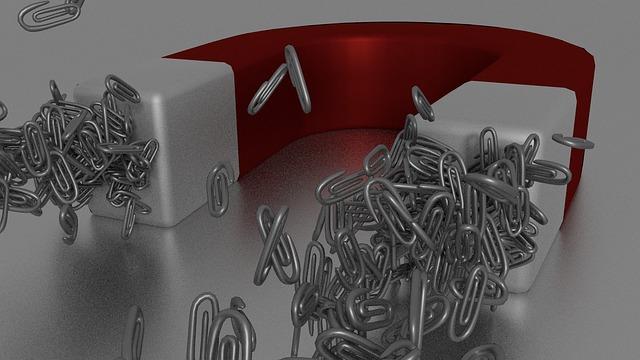
Magnetism and Electromagnetism
Magnetism can be contributed to the magnetic fields that surround magnets. When we talk about magnetism we are generally concerned with the magnetic fields that surround magnets.
Magnets have two opposite poles, the north-seeking pole of a magnet is known as the north pole and the south-seeking pole is commonly referred to as the south pole.
Magnetic fields are invisible to the human eye, they can be detected using a small tool known as a magnetic compass.
The current of induced potential and the direction of the movement along with a basic understanding of an AC Generator, DC Generator and transformers are further examined in this section of magnetism and electromagnetism.
Space Physics
The topic of space physics in the Leaving Certificate Physics Syllabus is of particular interest to those who love astronomy.
It teaches students all about the expanding universe, and for years theories about its beginning and development had been analyzed by scientists.
To prove these theories scientists have used the electromagnetic spectrum and studied the dark lines on the spectrum to observe light from distant galaxies. This is known as red-shift and goes to show that the Universe is constantly expanding.
The popular Big Bang theory has supporting evidence from the Cosmic Microwave Radiation Background (CMRB) and is further studied by students.
Practics Exam Questions With a Tutor!
A key component of exam success is knowing what is expected of you. Exam stress is a primary cause for earning lower marks for people who otherwise know their material cold.
The obvious solution is to minimise stress by preparing as best they can for exam questions covering each of the topics that feature on the leaving cert physics course.
Perhaps one of the more effective resources, and also possibly the least adopted by students is availing of a personal tutor. A personal tutor can provide some much-needed clarity for students on how to answer some of the trickier maths questions that feature at the university level for Irish physics courses.
You can also learn the exam format inside and out so that you don't get any surprises on the day.
For your physics exam, you are expected to recognise aspects of the course such as atomic structure, solve complex maths equations and define various terms at a level appropriate for your grade. Those aspects are obvious but others aren’t, like showing your workings, and how you present your work.
Taking charge of your exam in this manner will ensure confidence come exam time, allowing you to perform at your best.
Studying the different sections of the atomic structure topic can prove to be very interesting and diverse. A thorough explanation of an atom, radioactive decay or uses of radiation is all covered in the Leaving Certificate Physics Syllabus and can be great fun for science enthusiasts!
This is often a difficult transition for students, but working through the more complex maths questions alongside a teaching professional can help students realise their weaknesses in the subject, allowing them to better target their future learning for college.
Studying Physics surfaces an invaluable opportunity for any students looking to advance their competencies in physics and create some exciting career prospects for themselves thereafter. You can always consult your Superprof tutor on where to take your learning after you completer the secondary school physics course.
The Leavin Cert Physics Syllabus is extremely well designed to provide students with all the basic concepts of physics in a logical manner. Whether you are a scientific brain or just want to learn more, this Leaving Cert subject is a great choice for anyone!














